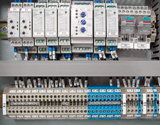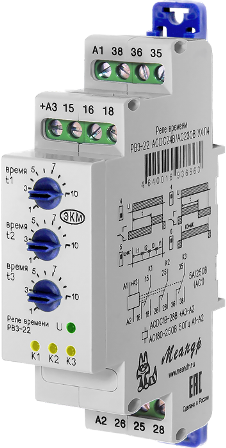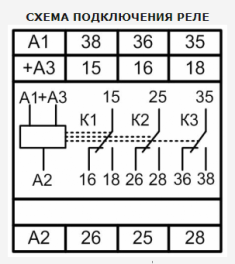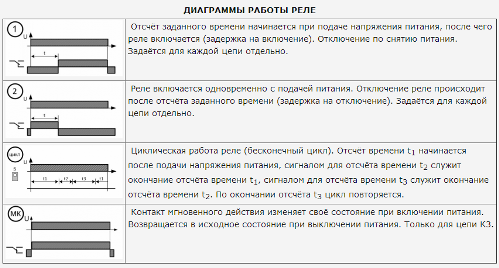Modular timers
 The word «timer» means a device capable of counting time from a given moment to a certain one. A typical timer has a dial or scale on which you can monitor the timing process, as well as a mechanism for setting the required time period. At the end of the countdown, the timer will beep or even turn off a certain device. Timers are widely used not only in everyday life but also in industry.
The word «timer» means a device capable of counting time from a given moment to a certain one. A typical timer has a dial or scale on which you can monitor the timing process, as well as a mechanism for setting the required time period. At the end of the countdown, the timer will beep or even turn off a certain device. Timers are widely used not only in everyday life but also in industry.
Timers are also useful for smarter and more economical energy consumption. For example, modular timers will allow you to promptly turn off the lighting in the staircase or in the basement, in case there is no need for its continuous continuous operation. Today, modular timers are widely available in electrical stores and are used in many places to help save energy and optimize energy consumption in general.
Consider, for example, a three-circuit modular time relay RV3-22.

It can switch three independent circuits with preset delays in each circuit. This relay is used as a component in various automation circuits.
The relay design is a unified 22 mm wide plastic housing, modular for mounting on a DIN rail, with front connection of power wires and switched circuits. The relay can also be installed on a flat surface, for this it is enough to move the locks. The wires are firmly clamped in the terminals, the wire can have a cross section of up to 2.5 mm2.
On the front panel there are: three switches for setting the delay by simply turning the arrows "time t1", "time t2", "time t3", the green indicator indicates the presence of supply voltage "U", three yellow indicators — indicate the operation of the built-in relays «K1», «K2», «K3». DIP switches are located on the side of the box to select the desired operating pattern and required time ranges.
The relay has 8 time delay sub-ranges for each of the circuits. The operating diagram and time range are selected using the indicated DIP switches located on the side. The delays t1, t2 and t3 are set by turning the switches, taking into account the range.

When the built-in relays are turned off, the contacts (15-16 for K1), (25-26 for K2) and (35-36 for K3) are closed. When the built-in relays are on, the contacts (15-18 for K1), (25-28 for K2) and (35-38 for K3) are closed while the corresponding indicators are lit. The K3 circuit can be placed in instantaneous contact mode. The PB3-22 relay has a time delay range of 1 second to 30 hours.
The most modern modular timers are programmable and can work on a weekly or daily schedule, control the switching on and off of lighting and other loads in enterprises, at home, in production, etc.There are many shopping centers working from 8 to 22, when using timers, the lighting is turned on for the period from 7-50 to 22-10.
It is also useful to equip switches on stairs with timers, for example, after pressing the switch button, the light is on for 5 minutes, then it goes off, usually timers connected to motion sensors in stairwells work in a similar way.
In general, the scope of application of modular timers cannot be limited to listing a few specific solutions, but we will give a few examples.
The first is the lighting. Illumination of parking lots, squares, billboards, alleys, shop windows, at a certain period of the day. A second example is the lighting and air supply in aquariums, the lighting of greenhouses to create a life-friendly environment for plants and animals. Automating conversations in educational institutions, watering gardens, heating warehouses, pre-heating an apartment, controlling the operation of an ionizer or even turning on devices to simulate the presence of residents during departure.

